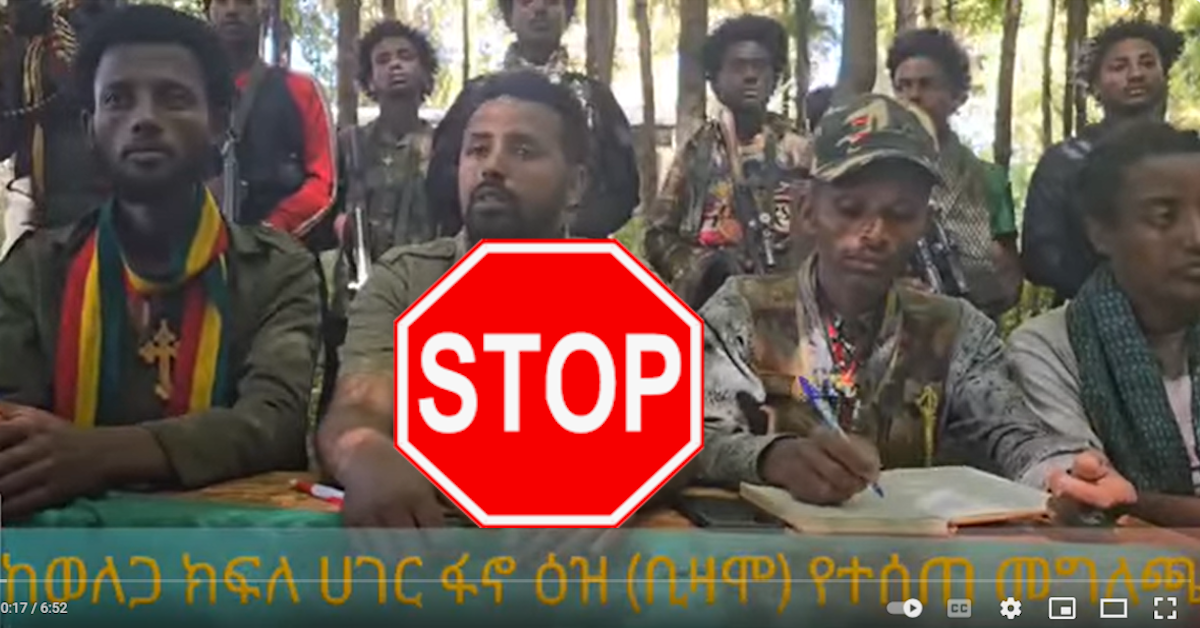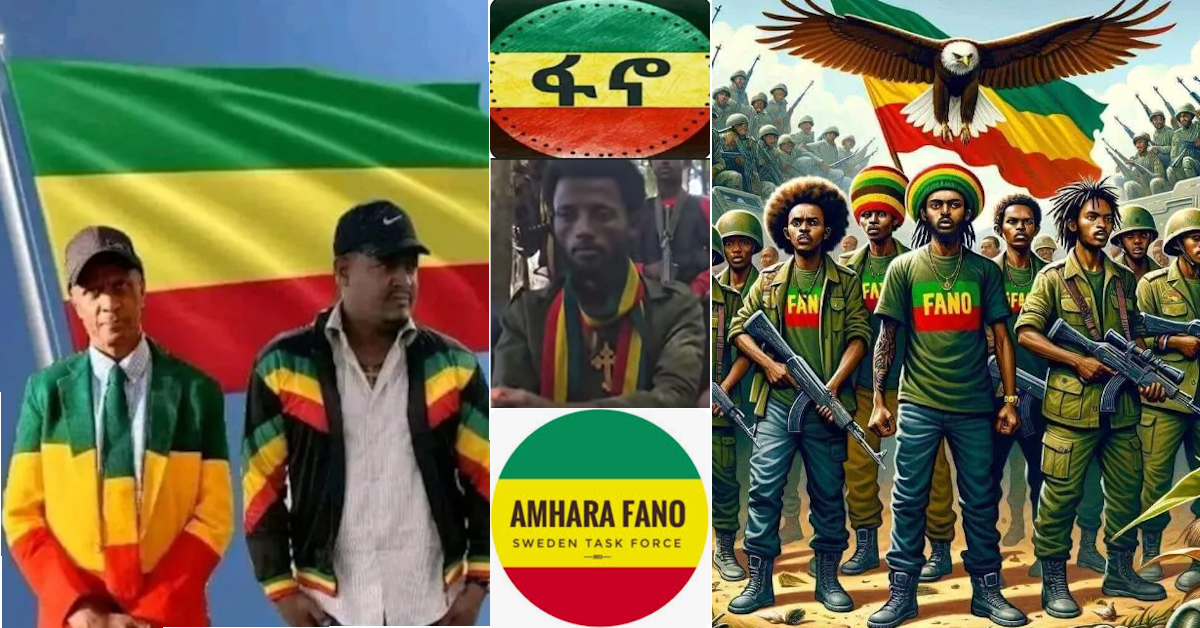1. Origins and Structure:
2. Objective Articulation:
3. Political Ideologies:
4. Symbolism and Motto:
5. Arming Strategies:
6. Support and Alliances:
7. Logistical Support:
8. Position on Political Assassinations:
9. Discipline and Respect for Life:
10. Propaganda and Atrocities:
OLA is often used as a scapegoat for atrocities, yet investigations reveal them as staged events by the Oromia Regional Administration. The Karrayyuu Abbaa Gadaa massacre, the Wallaga massacre, even the recent Arsii massacre, and many more were blamed on OLA but proven to be propaganda dirty work by the Oromia Regional Administration. Most importantly, the falsehoods were exposed by members of the country’s parliament and lately by international investigative reporting. On the other hand, there are credible reports that AMHARA FANO at times has colluded with the government’s sinister plans to tarnish OLA’s reputation, while simultaneously achieving their goals (such as expansionism) and in the process committing untold atrocities. As a side note, it just shows that the government of Ethiopia would go to any length to use one faction group against the other with total disregard for the impact on innocent people.

